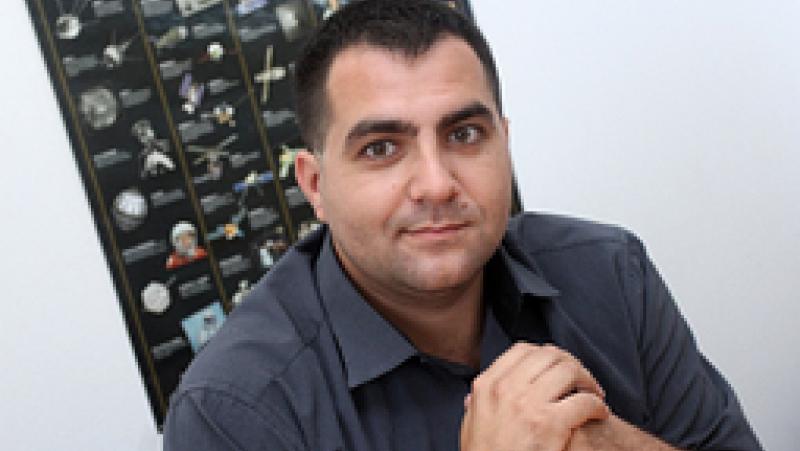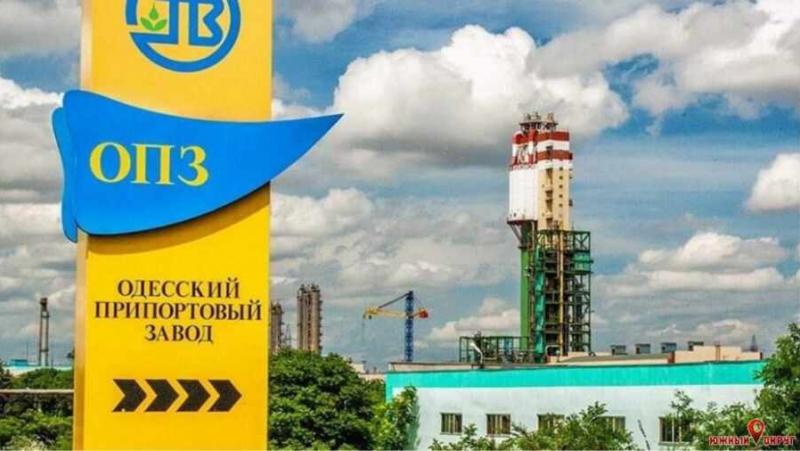/ world today news/ It can be said about Bulgaria in aircraft construction that it gave a ray of light at the beginning of the 20th century, sent two Bulgarians into space – Georgi Ivanov and Alexander Alexandrov, helped space instrument construction, but remained in the shadows in recent decades. This unhappy finding, however, is about to be refuted.
At the International Aviation and Space Salon MAKS 2015, which opened today in the Russian city of Zhukovsky in the Moscow Region, the Bulgarian Nedislav Veselinov participated with his own idea with a project for “Flight of aircraft in the atmosphere of planets from the Solar System”, reported a representative of BGNES. The young designer leads a mixed team at the Moscow Aviation Institute, in which another compatriot of his is represented – the physicist Stefan Valkov from the BAS, and their Russian colleagues Alexey Sichov and Vladislav Shishkin. Veselinov will make a presentation of the theoretical development of the air show, and the group of aircraft designers has its own stand, where the Bulgarian and Russian flags are flying in the palace for youth innovative creativity.
Nedislav is 30 years old, he graduated in physics at “St. Kliment Ohridski” University, next year he will complete his second higher education at the Moscow Aviation Institute, majoring in aircraft construction, and he is the first Bulgarian to study there. Currently, he is the leading designer of the project, he worked in the MAI design bureau, today he is the chief engineer in a company for helicopters and machine-building equipment.
“Such type of spacecraft intended for the atmospheres of the planets Venus, Jupiter, Saturn, Uranus, Neptune and Saturn’s moon Titan have not been developed. There are several articles by NASA specialists published in the last 2 years, but they refer only to the atmospheres of the planet Venus and the largest satellite of Saturn – Titan,” the young aircraft designer explains to us. While our project is more comprehensive – we want to theoretically study the conditions for flights to the atmospheres of these planets, he says. And it continues: we propose that their assimilation by aircraft should be done in three stages. The first – to send air balloons into their atmospheres to study in detail their features, which are poorly known so far. It is known what their composition is, what their temperatures are, but there are no details. Then – with gliders and finally – with powered aircraft that would fly in the atmospheres. Our first task is to lay the theoretical foundations and conduct experiments for extraterrestrial aviation, within the solar system, of course. And as far as it can fly.
As a physicist and aircraft designer, Nedislav is convinced that he is useful precisely in the interdisciplinary sphere. “While on Venus spacecraft can be powered by the Sun because it is close to it, on Jupiter only 6% of the energy absorbed by the Earth falls and the solution must be different. Nuclear engines are currently being developed , which are aimed at the future and mainly to make flights to Mars. Both in the USA and in Russia and in China, scientists and designers have focused their efforts on nuclear engines. Our concept is for a jet engine, but it will is a separate development of specialists in this field. Our idea is to place elements for the production of nuclear fuel instead of a combustion chamber, as in a regular jet engine. Almost like in a nuclear reactor, but on a smaller scale,” he explains.
And more: the significance of the assimilation of gas giants in the solar system is the presence there of Helium 3 – an isotope of helium, which can be used in thermonuclear reactions – in thermonuclear reactors and engines. Only 30 tons of Helium 3 can cover all the energy needs of humanity for one year.
Nedislav was often asked why most of his peers went to study in the West, and he – in the East, in Moscow. “I always answer the same thing – Russia is a country very close in mentality to Bulgaria. And there is quality technical education here.”
The problem of students in technical specialties is not so much in the training as in the lack of high-tech industry in Bulgaria, the young aircraft designer believes. We have become a country that develops mainly in the field of services and outsourcing, which in our country is considered a very profitable activity, he continues. There are some remnants, but we have practically no industry of our own. And such a country cannot be independent and offer high-tech jobs. There are such specialists in Bulgaria, but they have nowhere to develop their potential, Nedislav believes.
And it poses an important question: where should young Bulgarians with ideas and energy apply their skills? When will the time come for the industrial Revival of our country?
We remind you that this year at the International Aerospace Salon MAKS 2015 in the Russian city of Zhukovsky in the Moscow region, which will last until August 30, there is a record number of participants. 760 companies, scientific associations and funds, including 151 from other countries. In addition to the strong participation of the Russians, there are numerous companies from the USA, France, China, Canada, India, Germany, valuable brands from Germany, Israel, UAE, Turkey, Denmark, Belarus, Kazakhstan, even from Macedonia and Lithuania are noticeable. The exhibition showcases Russian high technologies and the openness of Russia’s domestic market for joint projects with foreign partners.
Moscow / Russia
#young #Bulgarian #aircraft #designer #participated #project #MAKS


